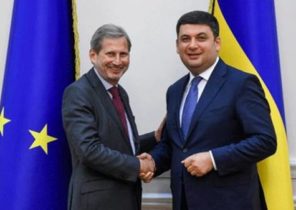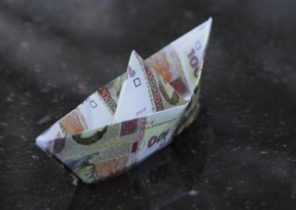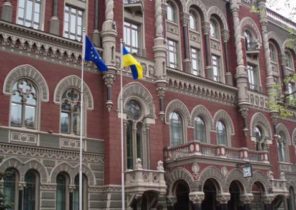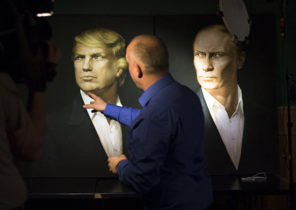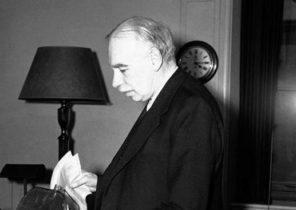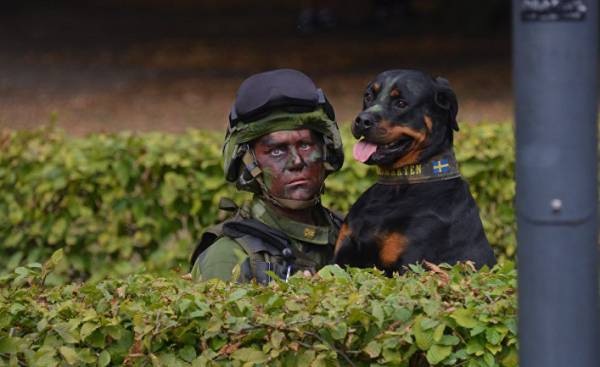
The least powerful air force than Britain, more tanks than France, three times more guns than any country in the EU.
The Scandinavian defense Alliance would become a military superpower — and many experts believe that it is necessary.
“All of our Scandinavian countries are too small to be able to defend themselves,” explains Professor Stefan Forss (Stefan Forss).
Sweden and Finland want to join NATO. And even if it would, with Donald trump at the White house we cannot be sure that the application for membership will be dealt with quickly and with a positive result.
Therefore, submission of such statements to date would be extremely risky gamble.
This was the starting point for Professor and one of the most prominent researchers of defence Stephen Forssa, when he began to formulate his plan B: a Nordic defence Alliance with US support.
“All of our Scandinavian countries are too small to defend themselves. Individually, we are quite weak,” says Stefan Forss.
In the report of 2015, he writes that “the long term goal for the Nordic countries should be developing the ability to fight as a whole”. This means total integration.
“Interaction in which forces are United in the attempt of mutual assistance to minimize those weaknesses that exist in each individual,” explains Stefan Forss.
The combination of planes
The Finnish connection would help the Swedes to hunt down submarines, Swedish mechanized battalion could enter the Finnish armoured brigade.
“Air force for many years participated in joint exercises, and their condition now allows you to interact. Instead of one division of combat aircraft, including only “Gripen”, it is possible to consider a combination with the Norwegian F-35 when they get in, and the Finnish Hornet, and the elements should be combined in the most efficient manner”.
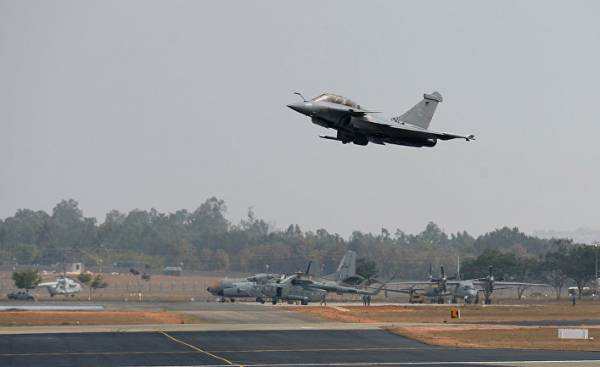 © AFP 2017, Manjunath Capistrello Saab JAS 39 Gripen at the opening ceremony of Aero India 2017 at the air force base Yelahanka in Bangalore
© AFP 2017, Manjunath Capistrello Saab JAS 39 Gripen at the opening ceremony of Aero India 2017 at the air force base Yelahanka in Bangalore
Rydell Stig, (Stig Rydell) was formerly an officer of the Department for arms control of the air force and over seven years worked abroad in Norway, Finland and the United combat training center of NATO in Stavanger.
He sees several ways to make the Alliance more powerful than just the sum of its parts.
“Swedish the ability to respond quickly can be combined with Finnish stamina. Sweden is now a high degree of readiness of army units, and it can quickly put them into action, but they have limited endurance. Finland has a higher endurance thanks to conscription, but she needs more time to mobilize. In addition, it is possible to achieve greater operational depth, if Finnish aircraft will be based in Sweden and Vice versa on a more regular basis. Sweden has submarines, and Finland is not, and it can also be a attachment”.
“Raise threshold”
Robert More (Robert Dalsjö) analyst in the field of security policy at the research Institute of total defence (FOI), also believes that closer collaboration can enhance the effect in many areas.
“We need to raise the probability threshold potential Russian adventurism. In-depth cooperation will definitely contribute to this,” he says.
But he emphasizes that one should not go too far.
Advanced Nordic cooperation is most actively conducted in the mid-2000s. Robert Further describes how the Norwegian commander of the armed forces of Disen Sverre (Sverre Diesen) and the Swedish commander håkan SURESNES (Håkan Syrén) noticed that their armed forces started to decline so fast that some functions have virtually disappeared.
Thus began the discussion of joint activities like the higher school of defense, logistics and factories, as well as the joint purchase of ammunition to cut prices.
“Then they entered into a very unsafe region, and Swedish-Norwegian relations rapidly deteriorated. In principle, agreement was possible, for example, what was the need of the higher school of defense, but could not decide in which country it should be. Also, in principle, it was possible to negotiate together to buy howitzers and trucks profitable, but everything went to ashes, when talking about the details,” he says Further.
“We need to beware of those things that we know to be very difficult, for example, establishment of new functional activities and General purchases. It is better to focus on education, training and sharing of existing infrastructure”.
“Not too attractive”
From the perspective of pure policy incentives for the creation of the Alliance is also not the same. Norway and Denmark are already in NATO and not so much interested in the Nordic cooperation, while the proximity of Finland to Russia — and its shared history with this country — make security guarantees more attractive to her aspect.
“Finland, of course, would have created a defensive Alliance with Sweden. But Sweden is, understandably, not too attractive,” says Stefan Forss.
Another factor is the importance of national self-determination. A full-fledged military planning without regard to national borders it is unlikely.
“The Norwegians, Finns and a small number of astute Swedes think about this: this is a very well — to confirm commitments from neighboring countries. But to abandon the development of its own military power still means to take the risk. You may think that you don’t need a chainsaw, because it can always borrow from a neighbor. But what if the neighbor will be away for a week or do not want to borrow the saw when you need it? Closer cooperation requires much greater confidence than what is possible today,” says Robert On.
The merger of the military forces of Scandinavian and plan “the army to take from Finland, air forces in Sweden, and a fleet of Norway,” as in 1994 wanted us General John Sheehan (John J. Sheehan), is now irrelevant.
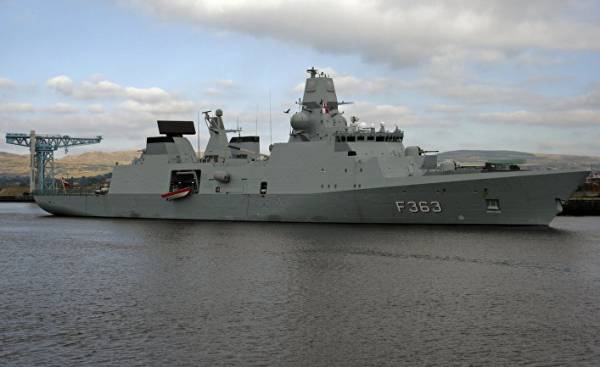 © flickr.com Robert Aghdamski class frigate “Iver, Huitfeldt”
© flickr.com Robert Aghdamski class frigate “Iver, Huitfeldt”
“We need to be very careful to clearly allocate roles, it is a bad decision. NATO’s experience shows that no country there has their own resources. And I want to have a national freedom of action”, says Stig Rydell.
Defence cooperation in Scandinavia
The military forces of the Nordic countries cooperate today in the framework of Nordefco (Nordic defense — Nordic defence Union). Countries preside in turn. Was recently including simplified rules for the movement of military forces across borders in peacetime.
One of the aims of Nordefco — cooperation in procurement of ammunition and weapons, which in theory should lead to the purchase of goods at a lower price, and greater opportunities for interaction between countries.
In practice, however, this proved difficult.
For example, Norway suddenly refused to participate in a joint Sweden purchase new artillery system Archer, in connection with which Sweden has had to buy back the entire order itself.
In addition, Norway has ordered from the German Thyssen Krupp new submarines, ignoring the Swedish company Saab, which also makes submarines, new models, A26, for the Swedish defence.
Defense Of Scandinavia
Personnel
Sweden: 29 750 (active)
Finland: 22 200 (active) 354 000 (reserve)
Denmark: 17 200 (active) 53 500 (reserve)
Norway: 23 550 (active) 45 940 (in reserve)
Total: 92 700 (active) 453 440 (reserve)
Tanks
Sweden: 120 (“Leopard 2A5”)
Finland: 120 (100 “Leopard 2A4”, 20 “Leopard 2A6”)
Denmark: 55 (“Leopard 2A4/A5”)
Norway: 52 (“Leopard 2A4”)
Total: 347
Combat vehicle
Sweden: 354 (“Stridsfordon 90”)
Finland: 212 (110 BMP2, 102 “Strf 90”)
Denmark: 45 (“Strf 90”)
Norway: 116 (“Strf 90”)
Total: 727
Artillery
Sweden: 320 (36 howitzers Archer, 284 mortars)
Finland: 1566 (698 heavy mortars, 471 field howitzers, 72 light grenade launcher heavy grenade launcher 79, 133 armoured howitzers, 232 field guns, 18 automatic mortar)
Denmark: 44 (3 self-propelled artillery, 15+6 in the process of acquisition, 20 mortars)
Norway: 204 (18 self-propelled artillery, 186 mortars)
Total: 2134
Combat aircraft
Sweden: 97 (Jas 39 “Gripen”. Will be replaced with a 60 “Gripen” newer model).
Finland: 62 (F/A-18 “Hornet”. Now Finland is in the process of acquisition of new military aircraft).
Denmark: 44 (F-16)
Norway 57 (F-16. Norway plans to buy 52 ultra-modern F-35, which will go into service in 2019).
Total: 260
Submarines
Sweden: 4 (3 “Gotland”, 1 “Södermanland County”. Ordered two new submarine class A26.)
Finland: 0
Denmark: 0
Norway: 6 (“Ula”, the last one was adopted into service in 1992. Buy four modern submarines of type 212 of the German Thyssen Krupp).
Total: 10
Warships
Sweden: 7 corvettes (5 “Visby”, 2 “Gaevle”)
Finland: 8 missile boats (4 “Rauma”, 4 “Hamina”)
Denmark: 3 destroyers (“Iver, Huitfeld”), 4 frigates (“Tethys”)
Norway: 5 frigates (“Fridtjof Nansen”), 6 missile boats (“the Scheldt”)
Total: 35
Russia
Personnel
798 thousand (active), 2 million (reserve)
Tanks
2950 + 17 500 in reserve
Combat vehicle
5400
Artillery
5145 + 25 785 in reserve
Combat aircraft
1276
Submarines
63 (13 strategic, tactical 49)
Warships
81
